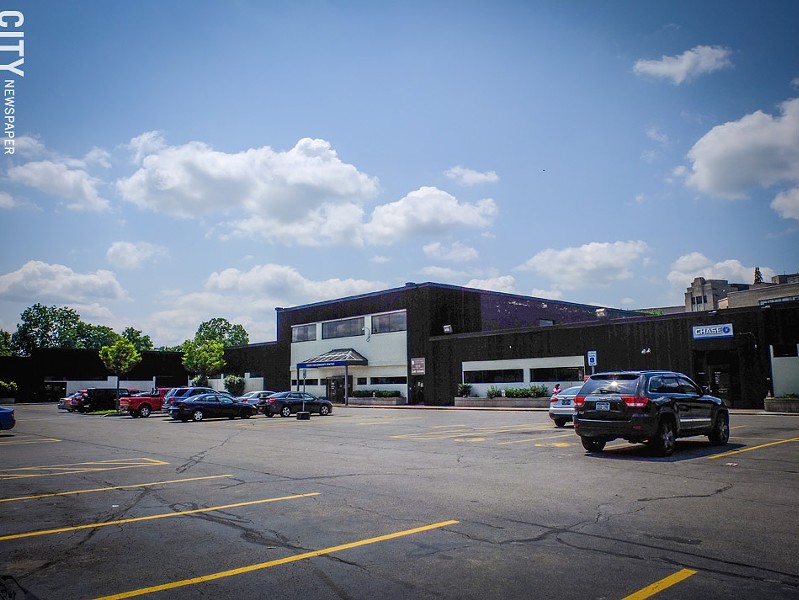Up until about the 1950's, the Bull's Head area was a thriving part of the southwest section of the city. Though it's still remembered fondly by many people, particularly in Rochester's African-American community, right now Bull's Head is scarred by vacant lots and abandoned buildings. It's often better known for the free public health clinic on West Main Street than for its large older homes and historic sites.
But more than 100 people joined Mayor Lovely Warren and other city officials at St. Mary's Campus recently for a meeting about the city's plans to try to revitalize Bull's Head. Warren, who opened the meeting, thanked residents and business owners for "sticking with the neighborhood." The road to improving the area has been a long one, she said; planning has been underway for about a decade.
Bull's Head, one of the city's oldest neighborhoods, is generally the area where West Main Street, Chili Avenue, West Avenue, Genesee Street, and Brown Street converge within a few hundred feet of each other. And it's an area where its former uses – like many parts of Rochester's industrial past – have created formidable obstacles to redevelopment.
Frank Armento, an environmental-services consultant to the city with Fisher Associates, told those at the meeting that much of Bull's Head was selected to be part of the New York State Brownfield Opportunity Areas Program because developers won't even consider investing in contaminated sites. The land has been used for everything from gas stations and dry cleaners to factories, and it has to be cleaned and made shovel-ready for new construction, Armento said.
A study of the Brownfield Opportunity Area for Bull's Head involved collecting data on all of the properties and combing records for a history of how the property was used. The results are startling: Out of 618 parcels in the brownfield area, about 63 have been identified as possibly contaminated, says Norman Jones, the city's commissioner of environmental services.
A section referred to as a "subarea," or core, of the BOA contains 126 parcels, and about 52 have been identified as possibly contaminated, Jones says. The number of sites may change as more information about each parcel is uncovered, says Rick Rynski, the city's project manager for Bull's Head.
But Fisher Associate's Armento stressed at the meeting that there are solid opportunities for Bull's Head future, too. The area has some important anchors, including St. Mary's Campus. Saints Peter and Paul Church is being eyed for historic preservation status. And Mayor Warren announced at the meeting that the city's economic and development arm has purchased Bull's Head Plaza, which gives the city control of the property and its rejuvenation.
Another plus: There aren't scads of owners of the vacant lots and buildings in Bull's Head, Armento said, and that should make redevelopment less complicated. Bull's Head could be transformed into one of the most impressive gateway corridors into downtown, he said.
(Information on the city's plans for the area is available on the city's website: cityofrochester.gov/bullsheadrevitalization.)

